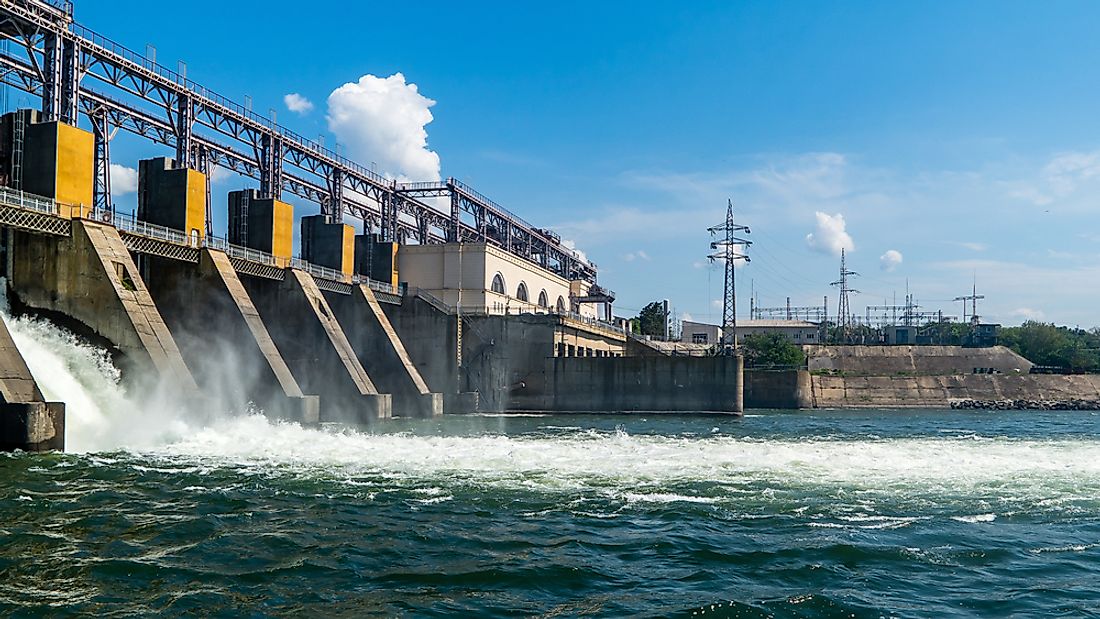The Pros And Cons Of Hydroelectricity

As the name suggests, hydroelectricity is the form of electricity that is produced through hydropower. In simpler terms, it is the form of energy that is generated by use of flowing water or primarily water that is stored in vast reservoirs. Hydroelectricity is the most used and most beneficial form of energy currently. Below is a description of its pros and cons.
Pros Of Hydroelectricity
- Clean form of energy. Since the use of water entirely powers hydroelectricity, it can be described as a clean form of energy. This form of energy production does not pollute the environment, as it does not release harmful waste products into the earth’s atmosphere as compared to other types of energy production such as power plants that burn fossils and coal to produce electricity.
- Reliable and consistent. It is also the most reliable and most consistent of all the other forms of energy. The reliability and consistency of hydroelectric power generation have made this form of energy to be the most used form of energy. Small-scale industries, substantial manufacturing plants and heavy-duty companies all depend on the hydropower for their smooth running of operations.
- Beneficial for fish. The process of installing the hydroelectric power plants is very beneficial for fish breeding, flood control and aids in the method of irrigation. The reservoirs created during the installation of the hydropower have also been used as sites for recreational activities such as swimming, boat riding, and fishing.
- Tourist attraction. These activities have played a significant role in attracting tourists to the various reservoirs and in turn generate income.Lastly, the operational costs of creating hydroelectricity power are quite low as compared to other forms of energy production.
Cons Of Hydroelectricity
- Displacement of human and animal life. During the process of building the vast reservoirs for hydropower generation, the environment is significantly affected. First and for most, the construction of these dams leads to displacement of the people living around the area. Aquatic life is also considerably changed due to the development of these reservoirs; fish habitats are designed by factors such as the velocity of water, the level of water and access to food.
- Effects on aquatic animals. Construction of the hydropower reservoirs affects the flow and the water levels at the rivers and thus changing the overall life of aquatic animals. The construction of power plants is also relatively expensive; this has been a significant hindrance for the hydropower generation plants.
- Susceptibility to drought. Even though hydroelectricity is the most reliable form of available energy, factors such as drought can significantly affect the production of electricity.
- Limited number of reservoirs. Another significant disadvantage of hydroelectric power production is that there are a limited number of available reservoirs. In case of massive flooding, water overflow in these reservoirs causing enormous damage.
- Possible link to earthquakes. Scientists also believe that the construction of tanks has been a critical factor in the occurrence of earthquakes. For instance, in China, it has been proven that the development of the large dams in the country has been one of the primary reasons why this country experiences massive earthquakes.
- Possible waste of land. Finally, if the construction of the hydropower dams is not expertly planned, it can lead to enormous waste of land that could have been used for other useful purposes.







